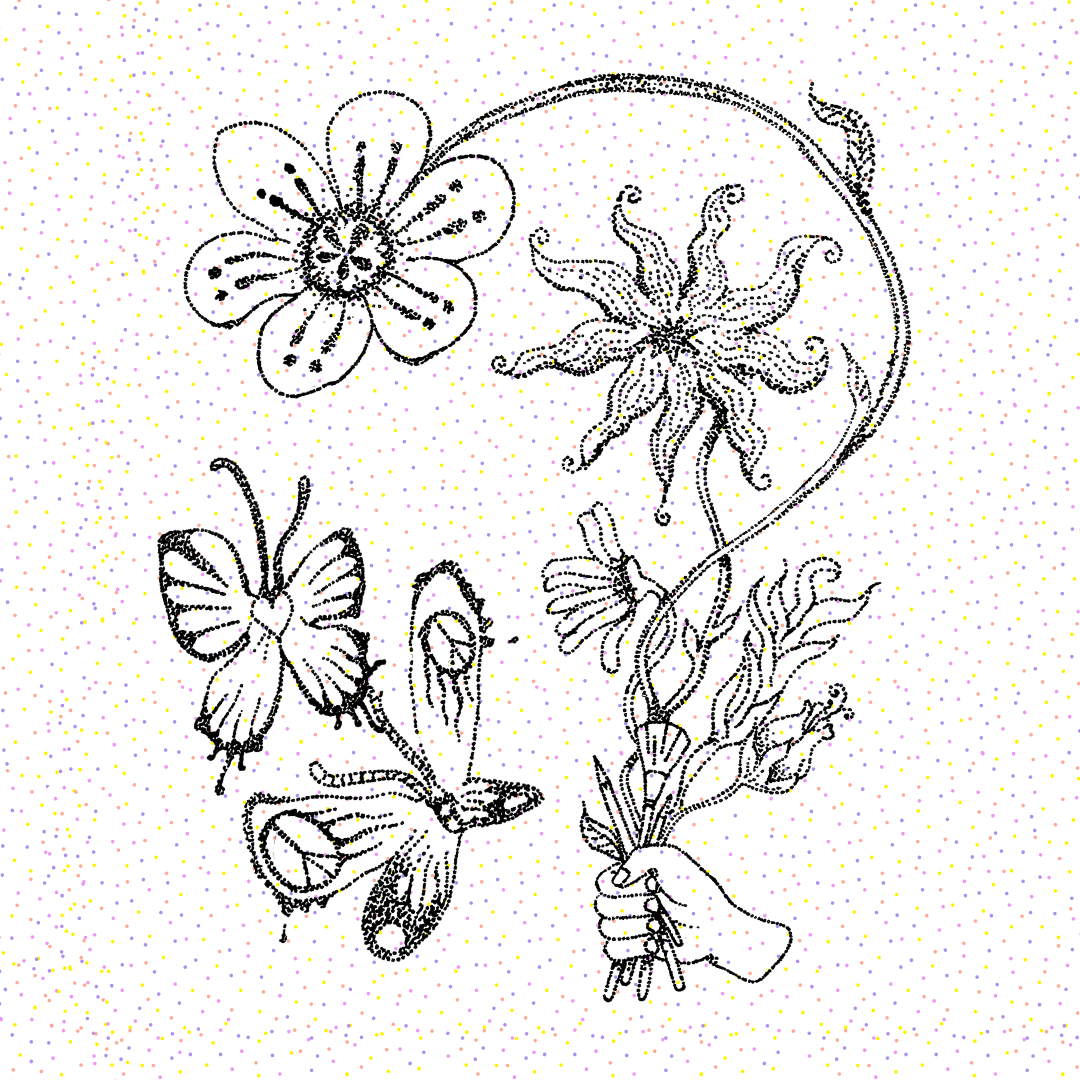East Bay Express: Tattoos of Memory
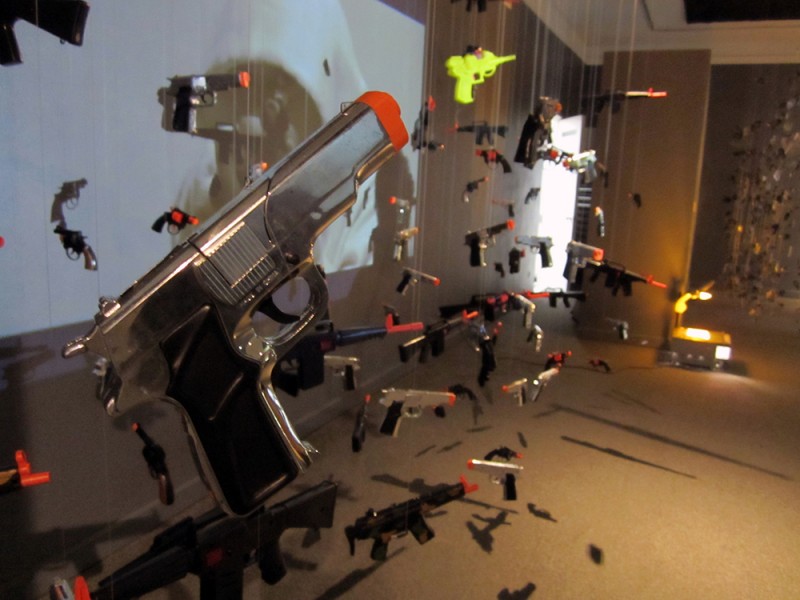
East Bay Express · April 23, 2014
San Francisco Chronicle: Victor Cartagena’s subtle political wake-up call
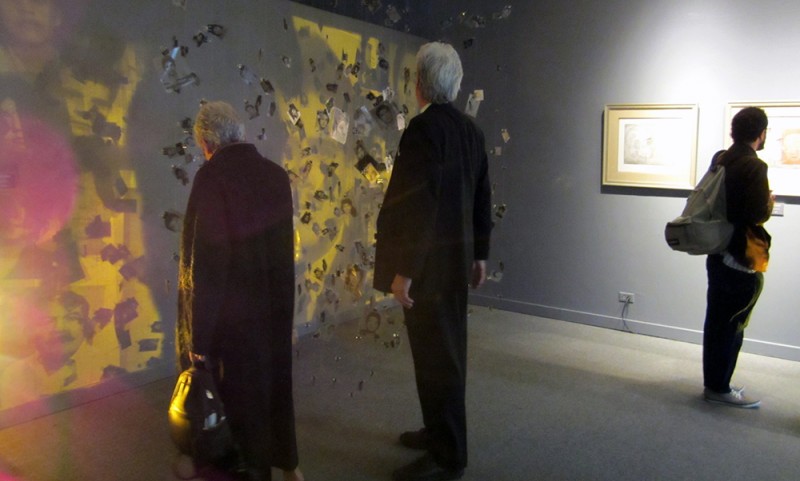
SF Chronicle · April 11, 2014
San Francisco Chronicle: Kids Learn How to Turn Trash into Art in Richmond
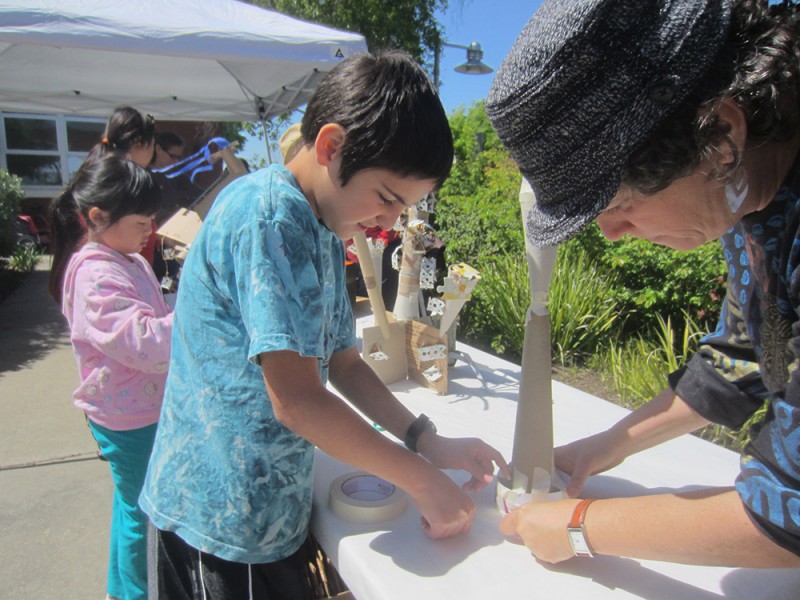
SF Chronicle 96 Hours · April 9, 2014
Art in the Community at Eight Locations This Spring
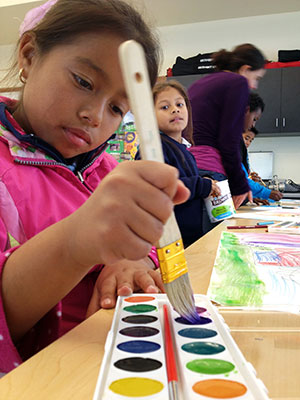
“We learned how to use metal the right way, how to form it, but in a safe way.” That’s how a middle school student described what he learned in the Metal Arts class at our newest site, DeJean Middle School. Our traveling Art in the Community program continues to expand and we are now at […]
Fine Art Connoisseur: The Language of Realism
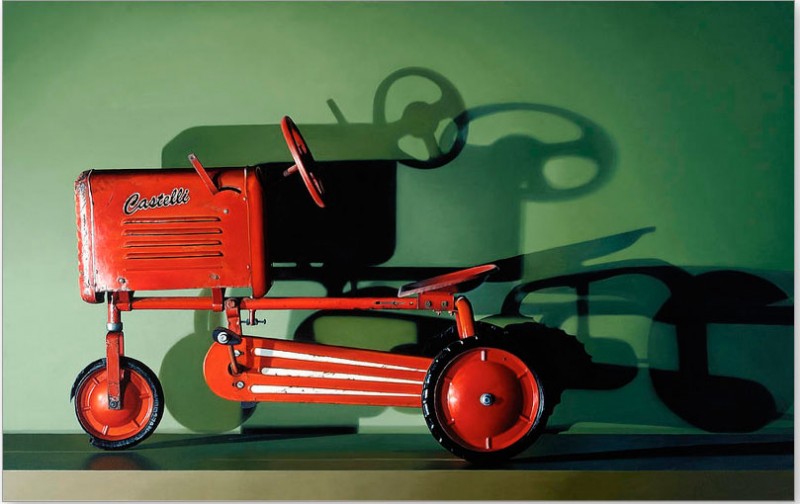
Why Not Just Photograph it? That’s the question that Jeffrey Carlson, Contributing Editor at Fine Art Connoisseur asked John Wehrle the curator for our exhibition The Language of Realism and a California artist best known for his site-specific public artworks. This exhibition features four West Coast realist painters — Michael Beck, Christine Hanlon, Anthony Holdsworth and […]
Oakland Art Enthsiast: Victor Cartagena, “Sites/Sights of Intervention” at Richmond Art Center
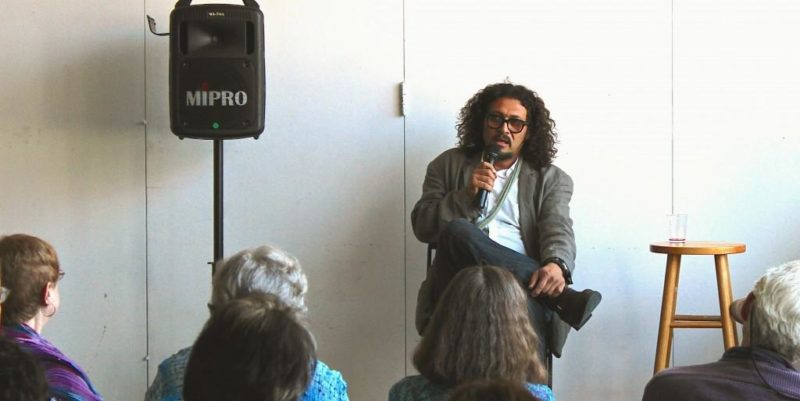
Oakland Art Enthusiast · March 28, 2014
KQED Arts: Collaborating with “The American Teenager”
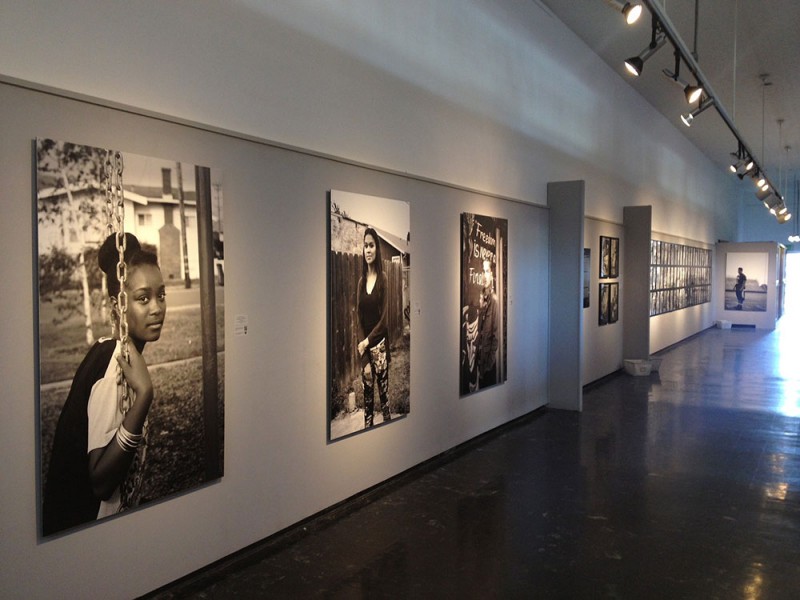
Kristin Farr from KQED stopped by to view our latest exhibition, The American Teenager Project, a collection of photographs and audio recordings completed by 20 local teenagers. Robin Bowman is a photojournalist who traveled the country interviewing teenagers about their lives in the early 2000s. She took their portraits to illustrate the interviews, and later […]
San Francisco Chronicle: The Art of Living Black
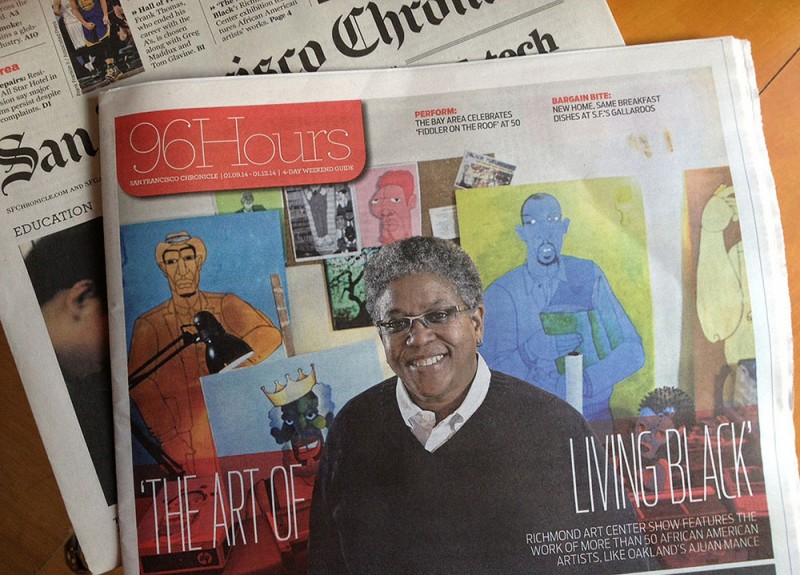
The SF Chronicle 96 Hours cover story featured our exhibition The Art of Living Black. Writer Kimberly Chun stopped by the Richmond Art Center for a preview of the exhibition and spoke to some of the 50 artists who will be showing their work. We’re thrilled that our work hosting this long-running exhibition of established and emerging […]
Richmond Confidential: Black art exhibit returns to Richmond to showcase Bay Area artists
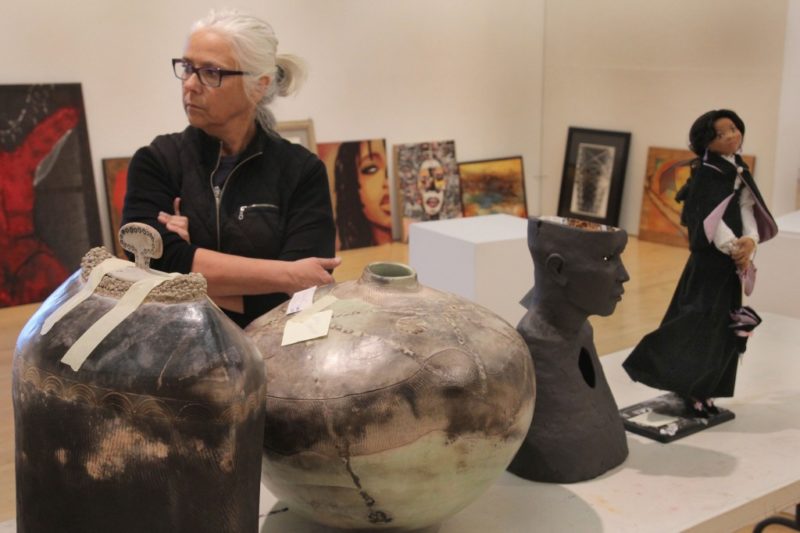
Black art exhibit returns to Richmond to showcase Bay Area artists Nancy DeVille on December 20, 2013 An annual exhibition that showcases artwork from emerging and established African American artists will soon be on display at the Richmond Art Center. Now in its 18th year, the Art of Living Black returns to Richmond Jan. 11 and will […]
Richmond Confidential: Art event to showcase teen photography, give insight into growing up in Richmond
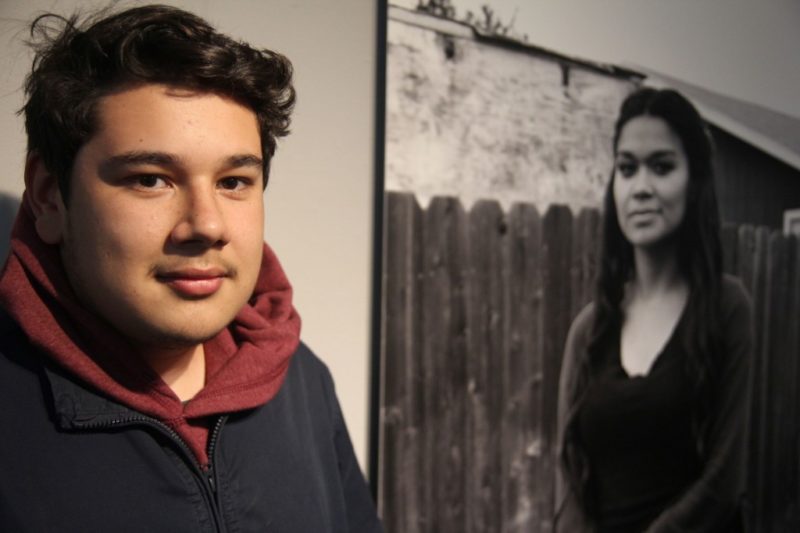
Art event to showcase teen photography, give insight into growing up in Richmond Kevin N. Hume on December 19, 2013 Richmond High senior Francisco Rojas (pictured) became interested in photography at 15, but through his involvement in the American Teenager Project, he fell in love with the storytelling medium. “This is powerful,” Rojas, 17, said. “As […]

